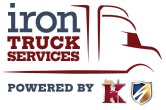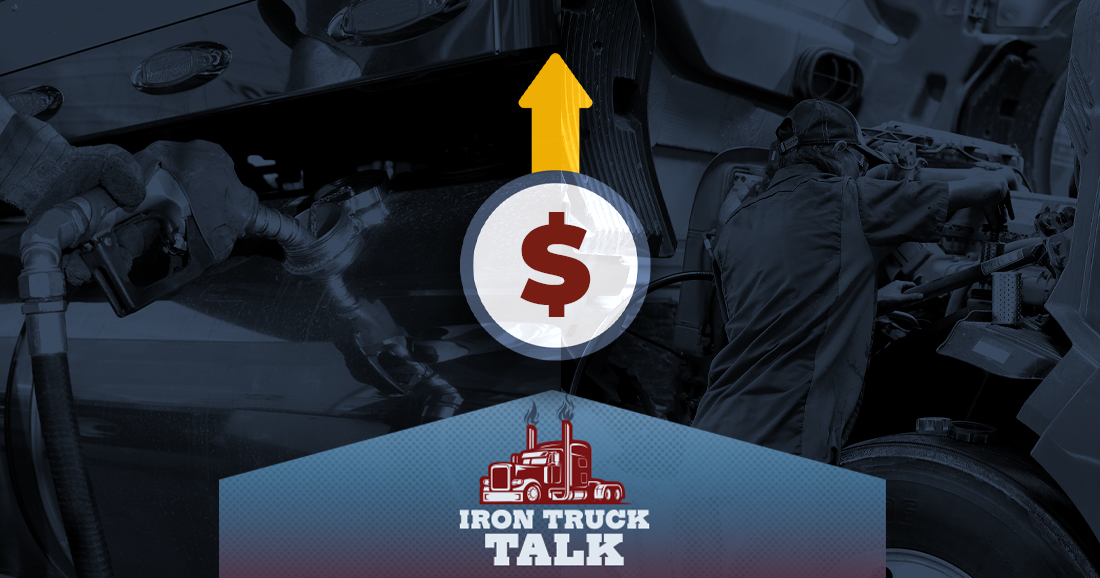New Report Shows That Small Fleets Bore Higher Fuel and Maintenance Costs Than Large Fleets
Last month, the American Transportation Research Institute (ATRI) released its annual update to An Analysis of the Operational Costs of Trucking. Since 2008, the nonprofit research organization has sought to provide a clearer picture of the cost of trucking in the United States, by collecting and analyzing data from participating motor carriers.
The most recent update is based on 2022 data, which correspond to roughly 7% of the total number of miles driven last year by semi-trucks. For the first time since ATRI began its operational costs report, the per-mile cost of trucking breached the two-dollar mark, landing at $2.251. This amount represents a 21.3% increase from 2021, which also hit a record high per-mile cost of $1.855.
Fuel expenses are to blame for much of the increase, with annual costs almost 54% higher in 2022 than they were in 2021. In addition to fuel, the costs related to repair and maintenance, truck and trailer lease or purchase, and driver wages all saw substantial increases, ranging from 12% to 18.6%, from the previous year.
The update shows that operational costs vary based on both a carrier’s size and a driver’s employment status. People like our customers, who are predominately owners of small fleets, owner operators, or independent contractors, are well represented in the sample data. Almost half of respondents had fleets with 100 trucks or fewer, and owner operators made up one-quarter of the drivers represented.
Expenses for small fleets were often higher than they were for larger companies, who, as ATRI notes, can use their “bargaining power and economies of scale” to lower costs. Not surprisingly, the report shows that the largest gap was in fuel, “where larger carriers expanded their competitive advantage significantly as fuel prices rose.” On average, in 2022, fleets with 100 or fewer trucks paid $0.723 per mile for fuel, while larger carriers paid only $0.612. That $0.111 per mile difference may seem small, but over the course of a year, it quickly adds up to thousands of dollars of extra expenses that the larger carriers simply don’t have.
Small carriers also had higher repair and maintenance costs than their larger counterparts. Responses to a new question, which ATRI added just this year, might explain why this is the case. Those participating in the report were asked whether their fleets’ repair and maintenance is conducted in-house at company-owned shops, or at outside shops. The report found that large carriers are more likely to use in-house service departments than small carriers, and that carriers, “that conducted a larger percentage of maintenance in-house tended to have lower repair and maintenance costs per mile.” The lack of access to an in-house shop may account for at least part of the higher repair and maintenance costs for small fleets.
In reviewing the report’s data on operating margins, it’s clear that small fleets were more vulnerable to last year’s economic climate than the larger carriers. Fleets with less than 26 trucks saw their operating margin fall from 13.5% in 2021 to 9.3% in 2022. In direct contrast, carriers with more than 1,000 trucks saw their operating margin increase from 11% in 2021 to 13.1% in 2022.
There’s a chance that last year was an outlier, but let’s be honest – no matter what’s going on with the economy, It takes a ton of work to run a successful trucking business. Independent operators and small fleet owners have to constantly weigh their options, as they search for industry solutions that will help them reduce their costs and keep their businesses profitable.
Iron Truck Services was specifically created to provide small fleets access to discount prices and quality services that large carriers enjoy. From repair and maintenance services that rival those at the big fleets’ in-house shops, to a fuel program that can lower annual fuel costs by thousands of dollars, we’re helping small carriers lower their operational costs and become more competitive.




